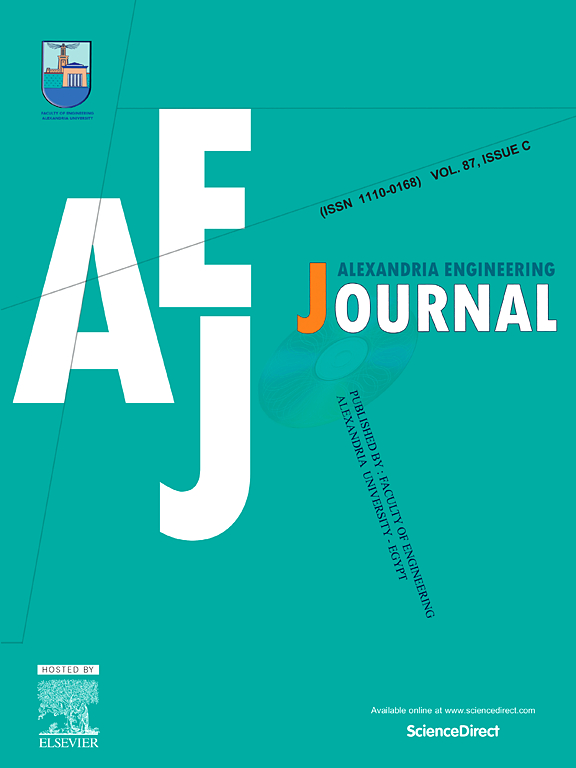Impulsive noise estimation for underwater acoustic OFDM communication using signal-noise separation and distributed compressed sensing methods
IF 6.2
2区 工程技术
Q1 ENGINEERING, MULTIDISCIPLINARY
引用次数: 0
Abstract
In underwater acoustic (UWA) orthogonal frequency division multiplexing systems, impulsive noise and carrier frequency offsets (CFOs) may contaminate subcarriers. Traditionally, CFOs and impulsive noise are estimated using null subcarriers, reducing spectral efficiency. This article proposes a signal-noise separation based and distributed compressed sensing based method to jointly estimate impulsive noise, channels, and CFOs using only pilot subcarriers, thereby significantly improving spectral efficiency. Specifically, the signal-noise separation method segregates channel and impulsive noise portions in a specific orthogonal subspace, preventing error propagation. To further facilitate impulsive noise estimation and reduce the required number of pilot subcarriers, the distributed compressed sensing method is utilized based on the significant sparse correlation of impulsive noise. Additionally, an adaptive sparsity detection algorithm for measuring the sparsity of impulsive noise is introduced. The effectiveness of the proposed methods is comprehensively validated through simulation experiments demonstrating improvements in impulsive noise estimation, channel estimation, and output signal-to-noise ratio (SNR), with gains of at least 26.30 dB, 22.91 dB, and 11.05 dB, respectively, compared to existing algorithms. Moreover, sea trial experiments indicate an average output SNR gain exceeding 3.10 dB. The superior systems with higher data rates and more robustness significantly accelerate the development of UWA communication.
求助全文
约1分钟内获得全文
求助全文
来源期刊

alexandria engineering journal
Engineering-General Engineering
CiteScore
11.20
自引率
4.40%
发文量
1015
审稿时长
43 days
期刊介绍:
Alexandria Engineering Journal is an international journal devoted to publishing high quality papers in the field of engineering and applied science. Alexandria Engineering Journal is cited in the Engineering Information Services (EIS) and the Chemical Abstracts (CA). The papers published in Alexandria Engineering Journal are grouped into five sections, according to the following classification:
• Mechanical, Production, Marine and Textile Engineering
• Electrical Engineering, Computer Science and Nuclear Engineering
• Civil and Architecture Engineering
• Chemical Engineering and Applied Sciences
• Environmental Engineering
 求助内容:
求助内容: 应助结果提醒方式:
应助结果提醒方式:


